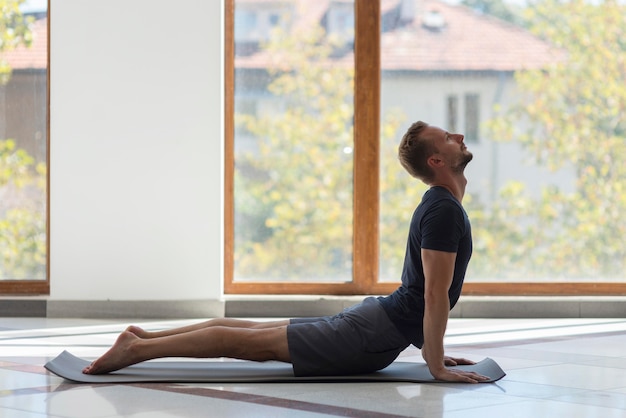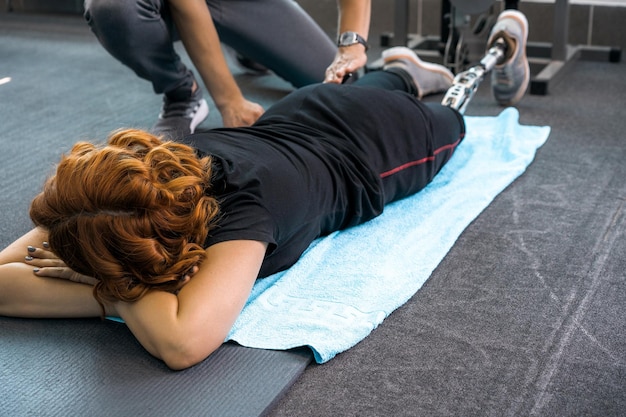50 Flexibility Mistakes You're Making (And How to Fix Them Fast)
Flexibility is more than just touching your toes—it's a vital component of mobility, injury prevention, and overall physical wellness. Yet, many people unknowingly sabotage their progress with simple but persistent errors. Whether you're just starting out or have been stretching for years, these 50 common mistakes could be holding you back. In this guide, we’ll break down each mistake with coach-style pointers, form notes, and easy modifications to help you move better, feel better, and gain real results.
1–10: Warm-Up & Timing Errors
Stretching cold muscles is one of the most frequent flexibility mistakes. Dynamic warm-ups prepare your body for movement and increase blood flow.
- Skipping warm-ups before static stretching
- Stretching first thing in the morning without activation
- Holding stretches too long (over 60 seconds per muscle)
- Stretching too aggressively too soon
- Only stretching at the end of workouts
- Not stretching consistently (less than 3x/week)
- Stretching when fatigued or injured
- Ignoring circadian rhythm (flexibility peaks in late afternoon)
- Not syncing stretching with breathing
- Over-relying on passive stretching (no muscle engagement)

11–20: Form & Technique Flaws
Poor form reduces effectiveness and increases injury risk. Precision matters in flexibility training.
- Rounding the back during forward folds
- Locking joints (knees, elbows) in stretches
- Overarching the lower back in hip openers
- Letting knees cave inward during lunges
- Not aligning shoulders over wrists in dynamic stretches
- Using momentum instead of control
- Holding breath during deep stretches
- Overextending the neck in neck rolls
- Allowing pelvis to tilt excessively
- Ignoring symmetry—stretching one side more than the other
21–30: Mindset & Progress Missteps
Flexibility is as mental as it is physical. Impatience and poor expectations derail progress.
- Comparing flexibility to others
- Expecting overnight results
- Viewing pain as a sign of progress
- Skipping rest days for recovery
- Not tracking progress (e.g., range of motion)
- Focusing only on 'showy' stretches (splits, backbends)
- Ignoring mobility drills in favor of static stretching
- Believing age prevents improvement
- Not adjusting goals as you progress
- Practicing without focus or mindfulness

31–40: Routine & Program Gaps
Even with good form, poor programming limits gains. Structure is key.
- Only stretching one body part (e.g., only hamstrings)
- Not incorporating dynamic and static stretching
- Ignoring fascial release (e.g., foam rolling)
- Not varying stretch types (PNF, active, passive)
- Practicing in distracting environments
- Using incorrect props (or none when needed)
- Not integrating strength with flexibility
- Following generic routines without personalization
- Skipping cooldowns after intense stretching
- Not warming down after flexibility sessions
41–50: Lifestyle & Recovery Oversights
Your daily habits significantly impact flexibility. Recovery is part of the process.
- Sedentary lifestyle (prolonged sitting)
- Poor hydration affecting muscle elasticity
- Lack of sleep impairing tissue repair
- High stress increasing muscle tension
- Unbalanced diet lacking key nutrients (magnesium, omega-3s)
- Wearing restrictive clothing during stretching
- Ignoring posture in daily life
- Not correcting ergonomics at work
- Overtraining without recovery
- Underestimating the role of breathing techniques
Coach-Style Fixes & Easy Modifications
You don’t need to overhaul your routine—just tweak it. Here’s how:
- Use props: Blocks, straps, and bolsters support proper alignment.
- Breathe deeply: Inhale to prepare, exhale to deepen—never hold your breath.
- Engage muscles: Try active stretching—contract the muscle opposite the one you’re stretching.
- Warm up smart: 5–10 minutes of light cardio (jogging, jumping jacks) before stretching.
- Modify positions: Bend knees in forward folds if hamstrings are tight.
- Stretch consistently: 10–15 minutes daily beats one long weekly session.
- Listen to your body: Stretch to tension, not pain. Discomfort is a warning.
- Combine with strength: Strong muscles support greater range of motion.
Final Thoughts
Flexibility is a journey, not a destination. Avoiding these 50 common mistakes can dramatically accelerate your progress and reduce injury risk. Focus on consistency, proper form, and holistic habits. With mindful practice and smart modifications, you’ll build sustainable, functional flexibility that enhances every movement in your life.

















